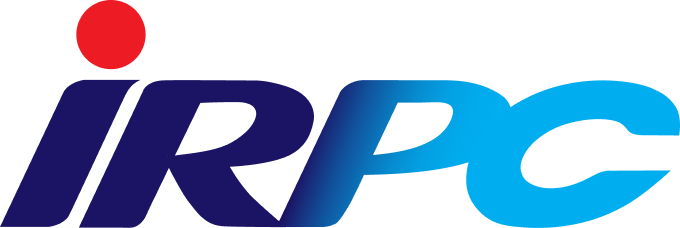the face of challenges such as highly skilled employee nearing retirement, changes in work patterns after the pandemic, and digital transformation, IRPC strives to strengthen our human resources management to attract and retain talents and develop a future-ready workforce that will both drive the company’s business growth and contribute to the overall economic development. Moreover, we prioritize fair labor practices to avoid talent loss and violations of fundamental rights such as fair compensation, safe working conditions, and equal opportunities for all employees.
The company has made it a policy to constantly improve and modernize the management and human resource development in accordance with internationally recognized standards, to correspond with fast-changing technology, and to foster desirable behaviors among our employees to strive to be GOOD (good with responsibility), GREAT (great sense of business acumen) and GROWTH to success (freedom of thought and accountability leading to success), known as IRPC G3. Our goal is to empower employees as main driving force to transform IRPC into a high-performance organization, elevate our organization to international recognition among employees and stakeholders across various sectors, as well as positioning ourselves as an employer of choice for potential candidates.









